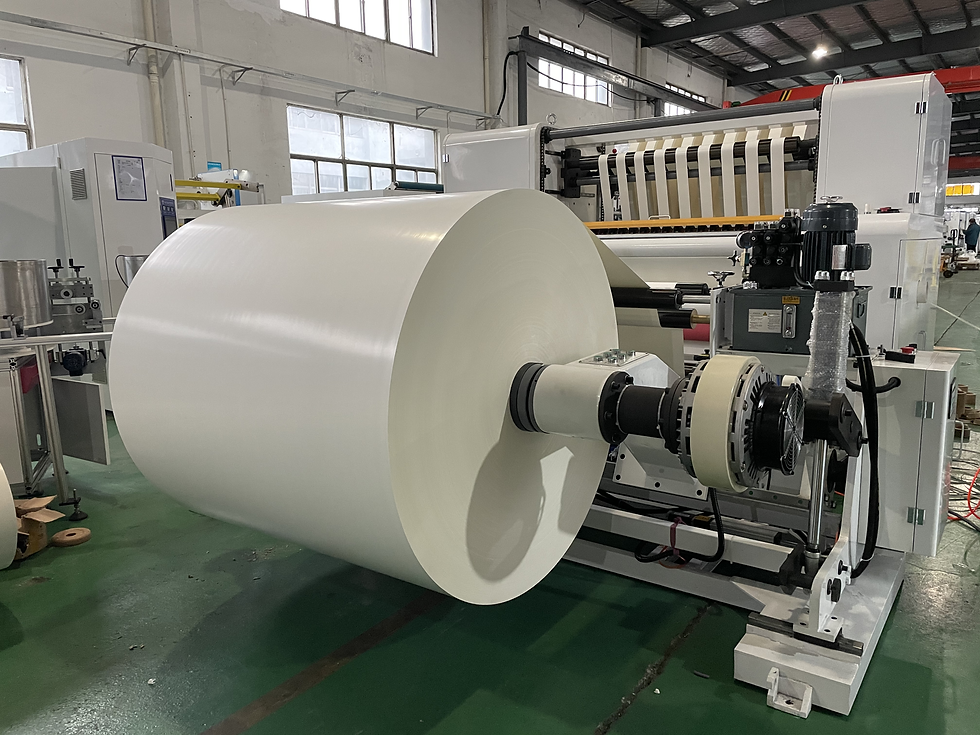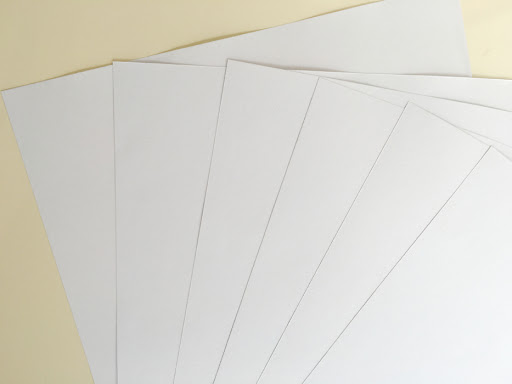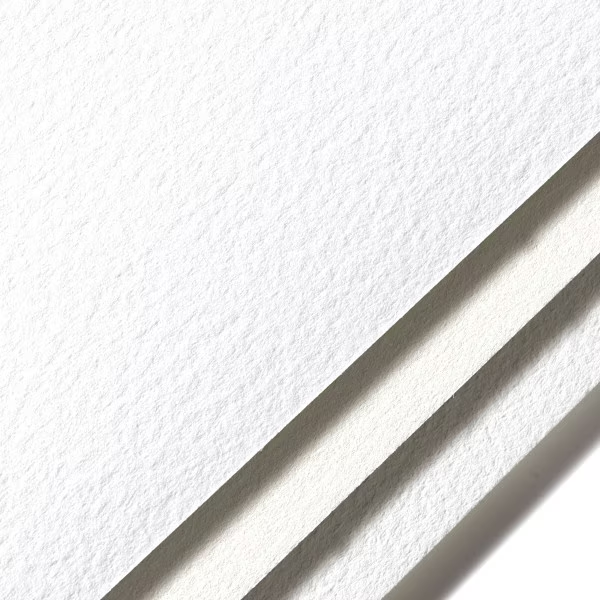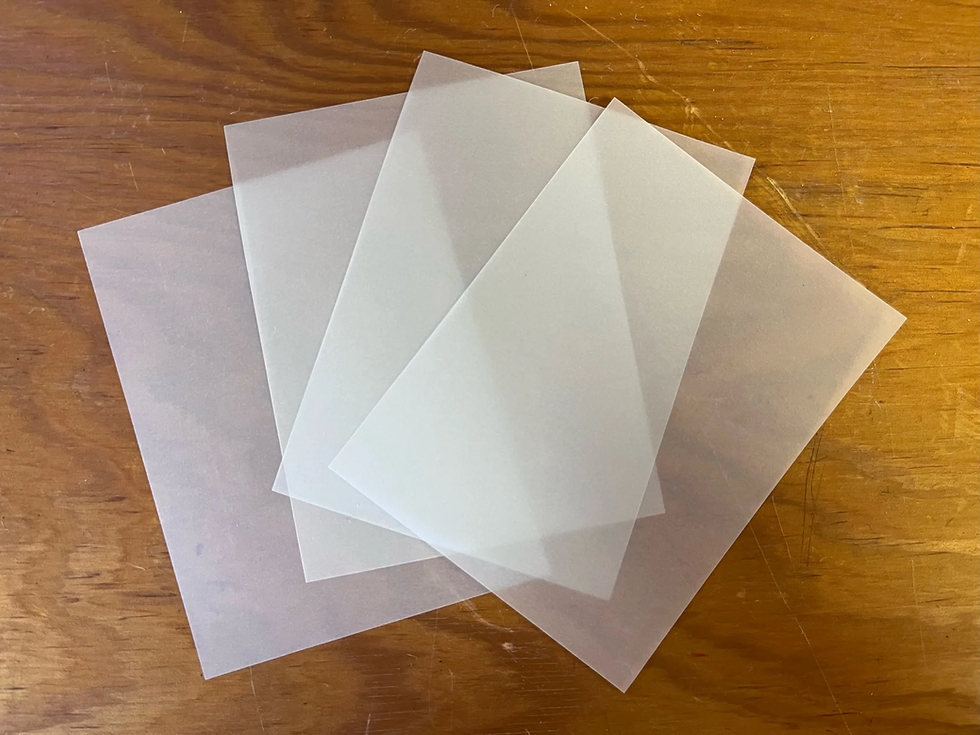A Comprehensive Guide to Notebook Paper Types 2025
- Lion Paper Team

- Jul 7
- 7 min read
Quick Content Reach:
Why Paper Type Matters in Notebook Selection
As a professional buyer sourcing notebooks for retail or corporate use, one of the most critical aspects that can affect customer satisfaction is the paper quality. Many buyers may overlook this factor, which can lead to issues like smudging, ink feathering, or paper tearing—problems that directly impact the end-user experience.
Imagine receiving notebooks for your retail store, only to find that the paper bleeds through, making the notes unreadable or artwork ruined. Or worse, the paper quality doesn’t support certain writing tools, causing customer dissatisfaction. Such issues not only harm your reputation but also result in product returns or negative reviews.
For buyers like you, understanding the various paper types available is essential for selecting products that meet the needs of your customers. This guide will help you navigate the most popular paper types for notebooks in 2025, ensuring you make informed decisions and stock products that deliver the best writing, drawing, or painting experience for your market.
1. Coated Paper: A Smooth Finish for High-Quality Printing
Coated paper is commonly used for premium notebooks, particularly for high-quality printing and visual appeal. This type of paper is available in both matte and glossy finishes and is coated with a layer of minerals that make it smooth and absorbent. Coated paper is ideal for printing sharp, high-resolution images and is often used for catalogs, brochures, and photo albums. Its smooth surface allows for excellent color reproduction and clarity, making it a top choice for design-focused notebooks.

2. Offset Paper: Versatile and Cost-Effective
Offset paper is an uncoated paper type that is commonly used for everyday notebooks. This paper is highly versatile, making it suitable for a variety of uses, including writing, drawing, and even printing text-heavy pages. Its uncoated surface provides a slightly textured feel, which is ideal for most writing instruments, including pens, pencils, and markers. Although offset paper is not ideal for high-definition photos, it is great for printing text, making it a popular choice for note-taking notebooks and journals.

3. Luxury Paper: For Premium Notebooks and Special Projects
Luxury paper is a high-end paper that is known for its distinctive feel and appearance. It comes in a wide range of textures, from glossy to metallic, and is ideal for notebooks designed for creative projects or special occasions. Luxury paper is often used for premium notebooks, art portfolios, and special edition products. Its unique texture and vibrant finish make it a statement piece, perfect for individuals or brands looking for a distinctive, high-quality notebook that stands out.

4. Recycled Paper: Sustainable and Eco-Friendly
Recycled paper is an excellent choice for environmentally conscious buyers. Made from post-consumer waste, it helps reduce the carbon footprint and supports sustainability efforts. Recycled paper has come a long way in terms of quality and appearance, and many high-quality recycled notebooks are now available on the market. While recycled paper can sometimes have a slightly rougher texture, it is an eco-friendly option that provides durability and a unique, natural look.

5. Wove Paper: Smooth Texture for Everyday Writing
Wove paper is a type of paper that is smooth and even in texture. It is popular for everyday writing and is often used in journals, diaries, and notebooks. The texture of wove paper is refined and does not show any noticeable patterns or lines, making it an ideal choice for writing. It is commonly used for both writing and printing purposes, providing a consistent and smooth surface that works well with most types of ink.

6. Bond Paper: Durable and Versatile
Bond paper is a durable and versatile paper commonly used for office and business notebooks. It is often used for printing legal documents, letters, and high-quality communication materials. Bond paper is typically smooth and strong, with a slightly thicker weight compared to standard office papers. Its durability makes it ideal for notebooks that will see frequent use, as it can withstand wear and tear.

7. Cardstock: Thick and Sturdy for Covers and Special Applications
Cardstock is a thicker paper that is often used for notebook covers, index pages, and endpapers. Its thickness makes it highly durable, and it provides an extra layer of protection to the notebook. Cardstock comes in a variety of textures and colors, offering a sturdy, professional feel for notebooks that need to stand out. It is also used in the creation of invitations, business cards, and other creative projects.

8. Cartridge Paper
Cartridge paper, typically weighing between 100 and 200 gsm, is popular for sketching and drawing. Its thicker texture helps artists add dimension to their work, making it ideal for various creative tasks. Cartridge paper is highly absorbent, allowing for better ink retention and preventing smudging. It’s a versatile option for both professionals and hobbyists, particularly those who use fountain pens or markers.

9. Rag Paper (Cotton Paper)
Rag paper, or cotton paper, is known for its archival quality and durability. This paper type is made from cotton fibers, which makes it both strong and soft. Rag paper is highly valued for its ability to resist aging, making it ideal for archival documents, premium stationery, and fine art prints. It is used for printing U.S. currency and other long-lasting materials.

10. Newsprint
Newsprint is one of the most affordable paper types, commonly used for newspapers. Made from ground wood pulp, this paper is lightweight but lacks durability. It has low tear resistance and is prone to yellowing over time, which makes it unsuitable for long-term storage. However, for short-lived products like newspapers or flyers, it is an effective and economical option.

11. Laid Paper
Laid paper is made by pressing the paper through a wire screen, creating a textured finish with parallel lines. This type of paper is often used for high-end stationery, formal letterheads, and invitations. Its texture gives it an old-fashioned, elegant look that appeals to those seeking a refined appearance. It is a great option for premium correspondence and professional documents.

12. Parchment Paper
Parchment paper is commonly used for official documents, certificates, and invitations. It has a distinct look, resembling aged paper, and is available in both brown and white varieties. The white version is treated to remove its natural color, giving it a cleaner, more polished appearance. Parchment paper is ideal for documents that need a prestigious look or for special occasions like weddings and graduations.

13. Vellum Paper
Vellum paper is translucent and has a smooth texture, making it ideal for tracing, printing, and light filters. It is often used for invitations, artwork, and as a special element in design projects. While it is not as durable as other papers, its unique properties make it highly sought after for creative and design purposes.

14. Special Papers
Special papers like stone paper and glow-in-the-dark paper offer unique properties that make them suitable for specific uses. Stone paper, made from polymer, is resistant to tearing and water, making it ideal for outdoor or wet environments. Glow-in-the-dark paper adds a fun element to notebooks, especially in creative or promotional contexts.

Selecting the Right Notebook Paper
Choosing the right paper for a notebook depends on the intended use and the specific features you want in the notebook. Factors like gsm (grams per square meter), texture, finish, and sustainability should be considered. Whether you need a paper that holds up to heavy ink or one that allows for smooth, flawless writing, the options available are diverse and tailored to your specific needs.
Conclusion
The paper you choose for your notebooks can impact everything from writing comfort to durability. By understanding the different types of paper available, you can select the perfect option for your needs. Whether you’re designing a notebook for artistic purposes, professional use, or general note-taking, the quality of the paper should always be at the forefront of your decision-making process.
Do you have a particular type of paper in mind? Lion Paper is here to help you select the right paper for your next notebook project, ensuring that it meets your functional, aesthetic, and environmental standards.
Customize your notebook with Lion Paper today.
FAQs:
Q1: What is GSM in notebook paper?
A: GSM stands for grams per square meter. It indicates the weight and thickness of the paper. Generally, notebooks with 80-120 GSM paper are suitable for everyday writing.
Q2: What is the difference between coated and uncoated paper?
A: Coated paper has a smooth, glossy finish and is ideal for printing. Uncoated paper has a more natural texture and is better for writing with pencils or pens.
Q3: What is rag paper, and why is it valuable?
A: Rag paper, made from cotton fibers, is highly durable and resistant to aging. It is ideal for archival use, such as important documents or high-end stationery.
Q4: What is the ideal paper for sketching or drawing?
A: Cartridge paper, typically 100-200 GSM, is ideal for sketching and drawing due to its thicker texture, allowing for smooth ink and pencil application.
Q5: What is vellum paper used for?
A: Vellum paper is used for tracing and printing, offering a translucent quality for creative and professional purposes.
Q6: How do I choose the best paper for my notebook?
A: Consider factors like GSM, texture, finish, and intended use. For writing, choose medium-weight, smooth paper; for drawing, choose thicker, textured paper.
Q7: How does paper type affect the environmental impact?
A: Sustainable paper options like FSC-certified or recycled paper help reduce environmental harm, while other papers may have a higher carbon footprint.
Are you looking for a reliable manufacturer? Reach out to Lion Paper for a free quote and consultation. Let’s collaborate on creating custom writing paper products that will set your brand apart from the competition.





Comments